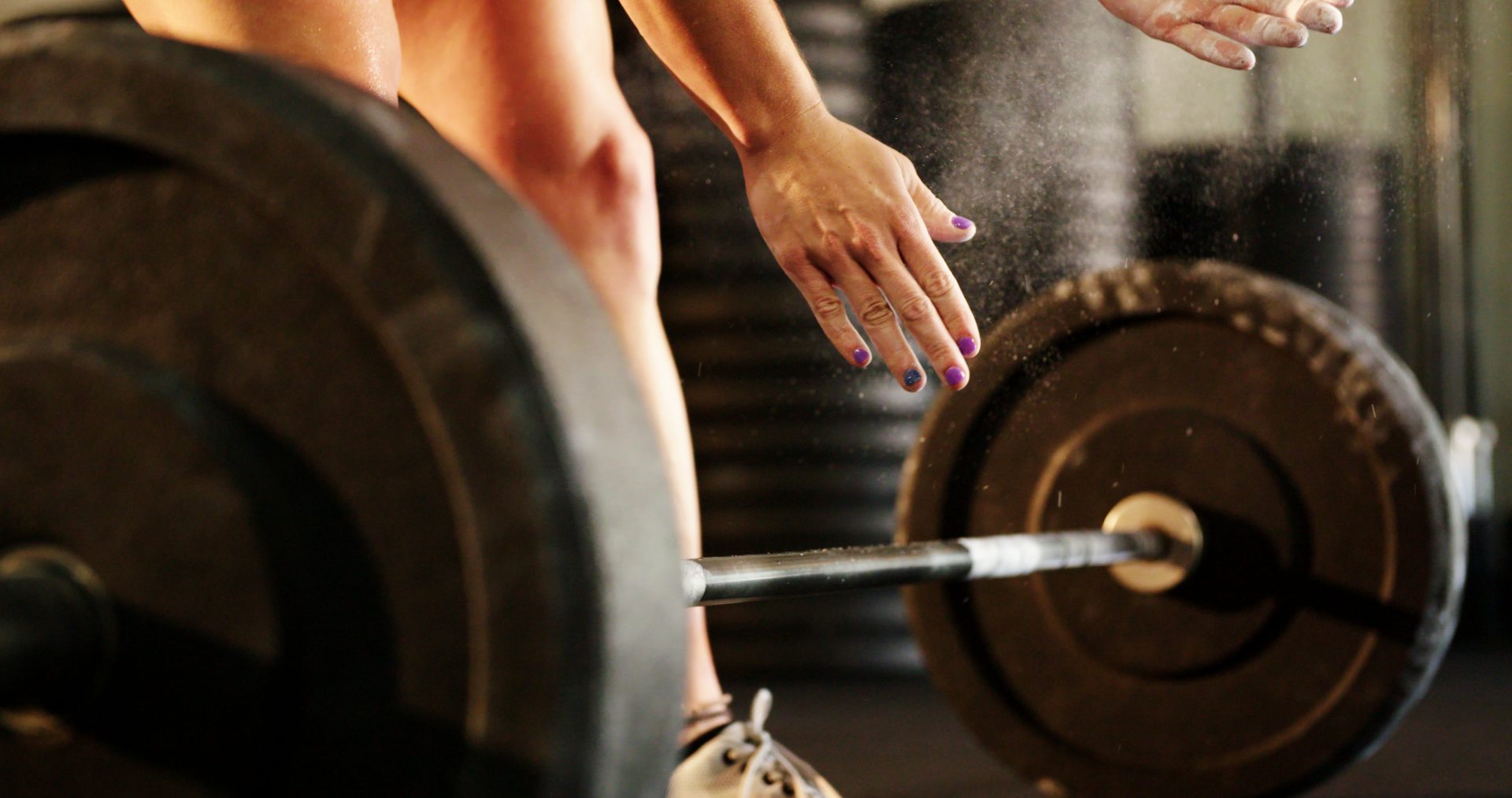Let’s talk about why muscle ‘toning’ is a total myth
There are a myraid of workouts promising to ‘tone’ your muscles, but that language is problematic, says writer Chloe Gray.
Until my (male) friend asked me why I didn’t “just work out to get toned,” I’d I had forgotten that ‘toning’ was a thing that women had been told to want. The question made me grimace – I thought it was pretty clear that I trained to be physically and mentally strong.
However, I get why he may have been confused: there’s story after story about how to achieve a ‘toned’ body. There are entire books written on the subject. Personal trainers build programmes around the idea. The hashtag #toning has been used 885,000 times on Instagram, and #toningworkout has 58,000 posts promising to shape and sculpt everything from inner thigh muscles to abs. And yet… toning as a concept doesn’t exist – at least not in the way we’ve been taught.
You may also like
Abs aren’t the ultimate sign of fitness
What actually is ‘toning’?
“Muscle tone is arguably one of the most commonly used and least commonly defined notions in studies of movement, posture, and movement disorders,” states researchers in a 2016 report. They define tone as the “continuous and passive-partial contraction of the muscle or the muscle’s resistance to passive stretch during the resting state.” That suggests that it’s not something you can achieve during exercise, or something we should actively be out to pursue.
How did ‘toning’ become the workout goal? “When people use the word ‘toned’, we understand it to mean ‘sculpted’ or defined,” says personal trainer and founder of Give Me Strength app, Alice Liveing. “It’s actually a phrase that was coined to appeal to a female market, which I find problematic because it suggests that women need something different from their workouts to men.”
The irony is that there’s only one way to build this visible muscle: progressive overload. “When we look at the science behind it, we know that an increase in muscle comes from being able to increase the weight we lift slowly over time in a progressive way, so it’s confusing when women say they want to tone but are scared of lifting heavier weights,” says Alice.

Let’s be honest about how those ‘toned’ bodies you see online were built: hefty calorie deficits for long periods of time while regularly working out. That, unsurprisingly, is neither sustainable or healthy for the vast majority of people. We actually need to have a certain level of body fat for our vital functions to keep going. Research shows that, on average, women need at least 22% body fat for regular menstrual cycles, while trainer Hannah Lewin has previously told Stylist that you need around 14% body fat to have visible abs.
“Of course there’s been a massive shift in terms of women lifting for strength, rather than aesthetics, over the past few years. But we do still have that hangover from the time women were encouraged to lift light weights in order to be feminine, but anything heavier was deemed masculine and effeminate,” says Alice.
Promising ‘tone’ rather strength feels like a way to keep women small
We may have moved past the calorie-focused light weight workouts that our mums did back in the ‘80s, but we all know the myth of getting ‘bulky’ by exercising with substantial weights still exists. I have many friends who have been led to believe that they shouldn’t lift more than their bodyweight, or refuse to swap their resistance bands for a barbell. Promising ‘tone’ rather than using the legitimate language of building, gaining and strengthening feels like a way to keep women small.
“It does feed into a wider narrative around what is perceived to be ‘acceptable’ for a woman. The question is what is wrong with women being slightly bigger than before, especially if it means they are getting all of the health benefits of lifting weights?” asks Alice.
You may also like
Benefits of strength training: 7 long-term health benefits to lifting weights
While Alice notes that “a lot of this language is meant harmlessly and not intentionally trying to shame or put down anyone”, I do think that it does women a massive disservice. We need to change the narrative around women’s training by talking about the goals and methods of training accurately – and making women proud of gaining muscle. “While I don’t think we should ever ban words, I do think we should re-educate people and encourage women to lift heavier weights without fear,” Alice agrees.
Want to get strong? Sign up to the Strong Women Training Club to recieve two new workout videos a week.
Source: Read Full Article
